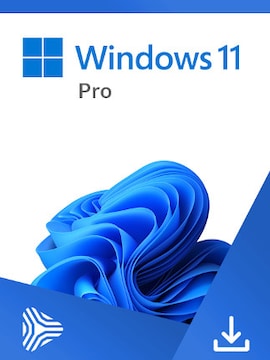In an era of Twitch, YouTube, and constant content creation, games had to adjust to protect the most visible players. Streamer Mode has gained prominence as the preferred method of shielding creators from stream sniping, harassment, and unwanted attention.
From being a niche setting, the application has transformed into a suite of privacy tools ensuring protection not just for the streamers but anyone who wants to protect their online identity. Implementation, however, varies drastically across titles, so let’s look at some popular ones. So what is streamer mode in games?
Among Us
Among Us would go through the whole gamut of streamer protections with simplicity and efficiency. The game offers a “Hide Code” option that hides the lobby code so that random viewers cannot enter private games uninvited. These very simple measures addressed the main stream sniping problem of the game.
Content creators generally used this function in conjunction with Censor Chat for the account, which filters messages deemed inappropriate in text form. Even though it’s not strictly a “Streamer Mode,” the combined functions serve the same purpose: to keep the broadcasters away from the disruptive viewers, and also keep the content family-friendly.
Valorant
Valorant’s Streamer Mode is often considered the highest tier solution among competitive games. When activated, all player names are switched to generic agent IDs, the queue timer is removed to prevent so-called queue sniping, and match info that might hint at the streamer’s identity or server location is put under the radar.
This was Riot’s attempt to prevent stream sniping, where viewers merely watch a stream to obtain unfair information regarding a player’s position or strategy. It also has “Hide My Name” and “Hide Match History” options, which help streamers preserve the competitive integrity of the game when streaming.
Fortnite
Fortnite’s approach to streaming deals with prioritizing anti-stream-sniping measures while maintaining social gameplay elements. When turned on, the streamer mode hides the player’s name, replaces every other player’s name with a pseudorandom ID, and hides matchmaking info to prevent queue sniping.
This range of options in conjunction with the Anonymous Mode makes Fortnite streamer mode all the more effective because the Anonymous Mode acts in tandem with the streamer settings to block the player’s name from appearing in elimination feeds. This two-pronged approach helps to ensure thorough protection while broadcasting.
Because streaming still forms a major part of how games are marketed, played, and experienced, expect these features to become increasingly more advanced with the delicate balancing of player privacy and the community-building abilities that keep gaming interesting to watch.




